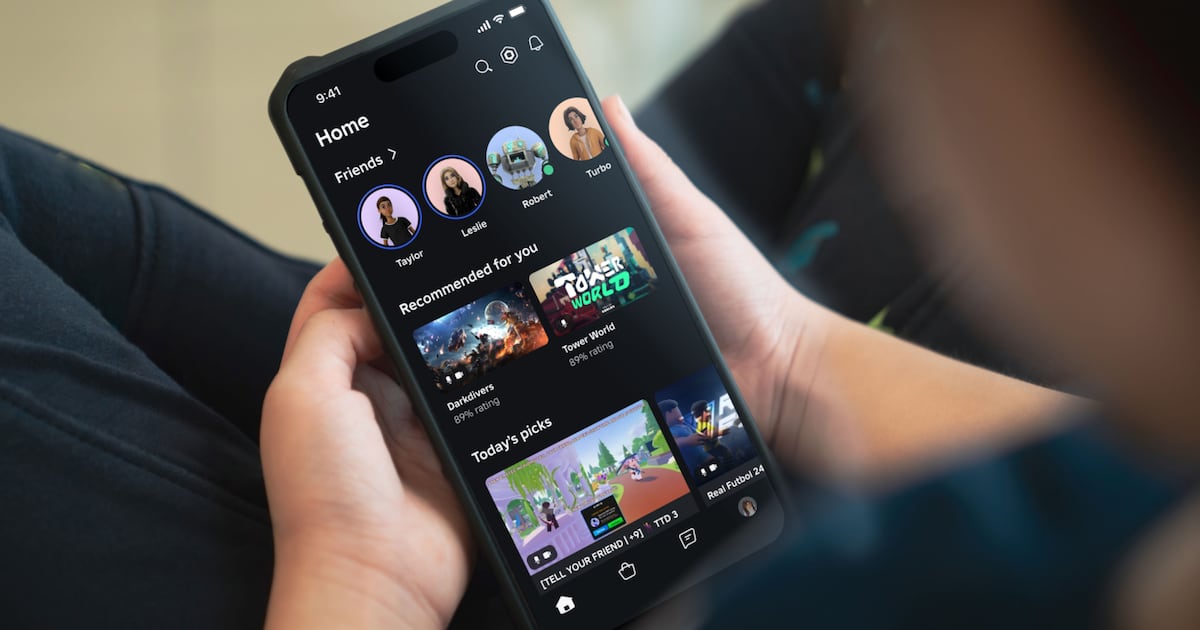Brands trying to reach the shoppers of the future may want to spend a little less time on TikTok and a little more on video games — because that’s what their target audience is doing.
In a recent deep dive into Gen Alpha, the generation born between 2010 and 2024, analysts at investment bank UBS said gaming enthusiasts in the group differed from other cohorts in how they split their time between games and social media. Older gamers still tended to devote about two more hours each week to social platforms than games, UBS said, citing a report from gaming-data platform Newzoo. Gen Alpha gaming enthusiasts, however, spent roughly equal amounts of time playing, watching or otherwise engaged with games as they did scrolling and posting on social media.
In part that may be because games are where many kids actually go to hang out with friends and socialise now. (The analysts pointed out that proposed social-media bans for kids, like the one Australia passed in November, could further the divide.)
But it makes games a prime place to start establishing brand awareness with the group, whose Millennial parents are already a spending force and is set to become a powerhouse itself one day. Some $83.5 trillion in wealth is expected to transfer to younger generations over roughly the next 25 years.
“The market opportunity, we think, is that almost 60% of Gen Alpha have discovered new brands and are more likely to buy from brands featured in a game,” the UBS analysts wrote.
While video games have themselves been around a few generations now, kids today interact with them differently than their parents and grandparents did. For one, Gen Alpha has the highest engagement with gaming overall, and more than half interact with gaming outside of games themselves, for example by watching live streams of others playing popular titles.
Games also let brands communicate with their audiences in novel ways. UBS pointed to a contest held by Rihanna’s Fenty Beauty in Roblox where players created their own lip glosses that got ranked on a leaderboard. The winning shade became a limited-edition product that launched at Sephora.
“This enables brands to engage with Gen Alpha in a more interactive manner that may leave a more lasting impression (which may translate into real-life sales) compared with marketing on social media, such as memes or short-form videos or paid sponsors,” the UBS analysts wrote.
It’s difficult to say, however, exactly how effective these in-game efforts will prove in the long term. Kids don’t usually behave at 19 the way they did at nine, and might not like the same brands.
Brands are also limited in how they can show up in the gaming world. Not every platform is like Roblox, where users can create their own games, or Fortnite, where the game is ever-evolving and brands often work with its maker, Epic Games, to introduce digital items or entire experiences, the way Balenciaga did in 2021. Many games are closed ecosystems and don’t want brands intruding on the fantasy they provide. Roblox’s and Fortnite’s friendliness towards brands, combined with their huge popularity, is what’s made them so attractive to labels from beauty to sports to luxury looking to connect with gamers. (The rivalry between Nike and Adidas is now playing out in Fortnite as both brands have made virtual versions of their most popular shoes for players to buy and wear in the game.)
Not least of all, it can be tough to create a genuinely fun, engaging game that keeps players coming back after their initial visit. When The Business of Fashion had kids test beauty games in Roblox in late 2023, not all the reviews were good.
But it is possible to get it right. Natalie, now 9, was part of BoF’s testing panel, and more than a year later, she still plays E.l.f.’s Roblox game, “E.l.f. Up!”
Smartly, the game makes it easy for players to advance, rather than forcing them to grind away to get rewards.
Skechers recently landed on her radar, too, after she saw a promotion in Roblox offering a pair of the brand’s sneakers for her avatar if she completed a scavenger hunt. She had little awareness of the brand, but the shoes were the type of item she would normally have to pay for with her Robux, Roblox’s virtual currency, which players (or their parents) purchase with real, government-backed money. She was sold.
Now, she’s got a new pair of digital sneakers, and while she’s not necessarily begging for a pair of physical Skechers just yet, she knows the brand and what it makes.

